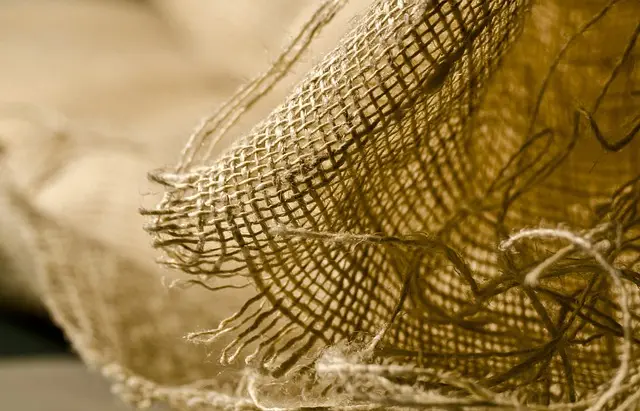Kratom (Mitragyna speciosa), a tropical plant from Southeast Asia, has been celebrated through kratom tree pictures for centuries. Its leaves contain mitragynine and 7-hydroxymitragynine, powerful alkaloids that interact with opioid receptors, providing pain relief and anti-inflammatory properties. Different Kratom strains, determined by leaf age and region, offer varied effects from sedative to energizing, crucial for selecting the right strain for specific joint conditions and well-being.
Discover the natural relief that nature offers with kratom, derived from the leaves of the Mitragyna speciosa plant, commonly known as the kratom tree. This ancient herb has gained prominence for its ability to alleviate joint pain, making it a potential game-changer for those seeking an alternative solution. In this article, we explore the science behind its anti-inflammatory properties and guide you through various kratom strains tailored for targeted joint relief, complete with captivating kratom tree pictures for your visual reference.
- What is Kratom and How Does it Relieve Joint Pain?
- The Science Behind Kratom's Anti-Inflammatory Properties
- Exploring Different Kratom Strains for Targeted Joint Relief
What is Kratom and How Does it Relieve Joint Pain?

Kratom, scientifically known as Mitragyna speciosa, is a tropical plant native to Southeast Asia, often featured in kratom tree pictures due to its distinctive appearance and cultural significance. Its leaves have been used for centuries by local communities for various medicinal purposes. In recent years, kratom has gained attention worldwide for its potential pain-relieving properties, particularly in managing joint pain.
The plant contains powerful bioactive compounds called alkaloids, with the primary ones being mitragynine and 7-hydroxymitragynine. These alkaloids interact with the body’s opioid receptors, which play a crucial role in regulating pain perception. When consumed, kratom binds to these receptors, blocking pain signals from reaching the brain, thus providing relief from joint discomfort. Additionally, its anti-inflammatory properties further contribute to its effectiveness in reducing swelling and stiffness associated with joint conditions.
The Science Behind Kratom's Anti-Inflammatory Properties

Kratom, derived from the leaves of the Mitragyna speciosa plant, has been a subject of interest in the natural remedies realm due to its potential anti-inflammatory effects. The unique chemical composition of kratom includes alkaloids such as mitragynine and 7-hydroxymitragynine, which are believed to interact with opioid receptors in the body, offering pain relief. Beyond this interaction, recent studies suggest that these alkaloids also possess anti-inflammatory properties, making kratom a promising option for joint pain management.
The anti-inflammatory capabilities of kratom may stem from its ability to inhibit certain enzymes involved in inflammation processes. Research indicates that mitragynine and other kratom compounds can block the production of pro-inflammatory cytokines, which are signaling molecules that play a crucial role in initiating and propagating inflammatory responses. Additionally, kratom’s potential to reduce pain by acting on opioid receptors could also contribute to its effectiveness in alleviating joint discomfort, making it a fascinating natural alternative for those seeking relief without the side effects often associated with conventional medications.
Exploring Different Kratom Strains for Targeted Joint Relief

Exploring different Kratom strains is akin to unravelling a vibrant tapestry of natural remedies, each strand offering unique properties for targeted joint pain relief. The Kratom tree (Mitragyna speciosa) pictures paint a vivid picture of diverse colours and forms, mirroring the variety of its medicinal applications. Different regions where the plant thrives yield distinct strains with varying levels of mitragynine and 7-hydroxymitragynine, the primary active compounds known for their analgesic and anti-inflammatory effects.
For instance, Red Kratom strains, often harvested from older leaves, are renowned for their potent pain-relieving properties and sedative effects, making them popular choices for managing chronic joint discomfort. On the other hand, White and Green Kratom strains, derived from younger leaves, offer more energising and uplifting effects, which can be beneficial for post-workout recovery or alleviating acute joint inflammation. Understanding these differences is key to selecting the right Kratom strain for targeted relief, ensuring a harmonious balance between soothing joint pain and maintaining overall well-being.
Kratom, derived from the leaves of the kratom tree (Picures of which can be easily found online), has shown promise as a natural joint pain reliever. Through its potent anti-inflammatory properties, kratom helps navigate the complex landscape of chronic joint discomfort. By exploring different strains, individuals can find tailored relief, offering a potential game-changer for those seeking alternative solutions beyond conventional medications. With ongoing research and anecdotal evidence, kratom’s role in joint health management continues to evolve, providing hope for a vibrant and active life despite joint pain.






